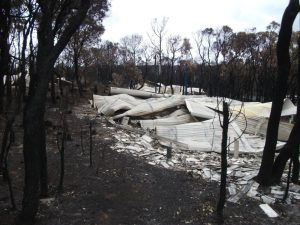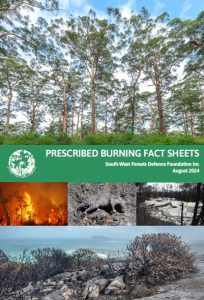FACT VS FICTION (Sheet 1)
EXPOSING MYTHS ABOUT PRESCRIBED BURNING IN SOUTH-WEST FORESTS
Dwelling destroyed by out-of-control prescribed burn in Margaret River. Source: Report on “Investigation of the house losses in the Margaret River Bushfire 23 November 2011”, Department of Fire & Emergency Services, October 2012.
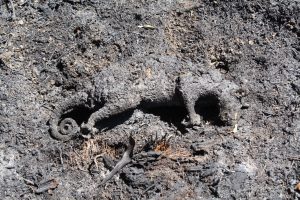
A critically endangered ringtail possum after Warrungup Spring prescribed burn in 2018. Source: Allison Dixon.
“Where prescribed burning impacts restricted, discontinuous or rare habitats, there is a high probability of species loss and irreversible changes to biodiversity.” Humane Society International, 2022.
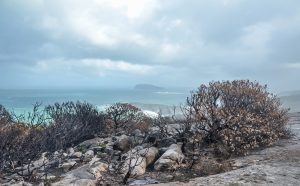
Critically endangered Banksia verticillata killed in prescribed burn at Poison Hill, Nuyts block, April 2018.

Dense understorey in jarrah forest after burning. Source: Philip Zylstra, http://theconversation.com.
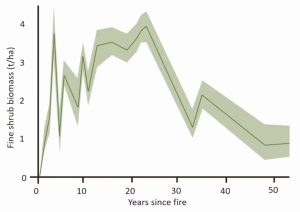
Graph showing that the fine shrub biomass peaks 25 years post fire then declines. Source: figure 5-7 https://openresearch-repository.anu.edu.au/handle/1885/10037, Philip Zylstra.
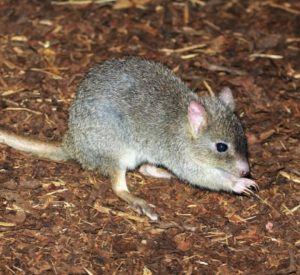
A single Woylie (weighing around 1.2 kg) turns over approximately 5 tonnes of soil per year. Source: Humane Society International Australia.
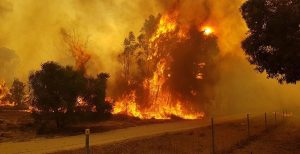
Source: DFES website: https://dfes.wa.gov.au

Click the front cover above to download the complete Fact Sheets document (5MB).
You can also purchase a hard copy printed version – $10 including postage – HERE.
Download individual Fact Sheets from the links below:
Fact Sheet 10 PRESCRIBED BURNING IN FORESTS WASTES MONEY

